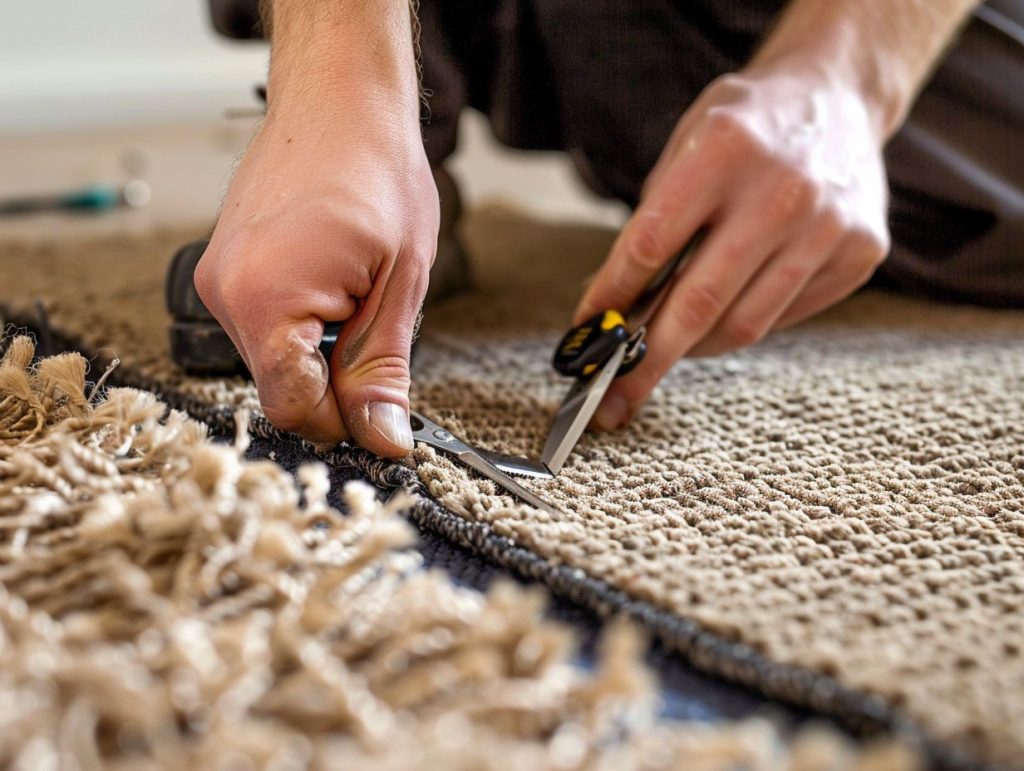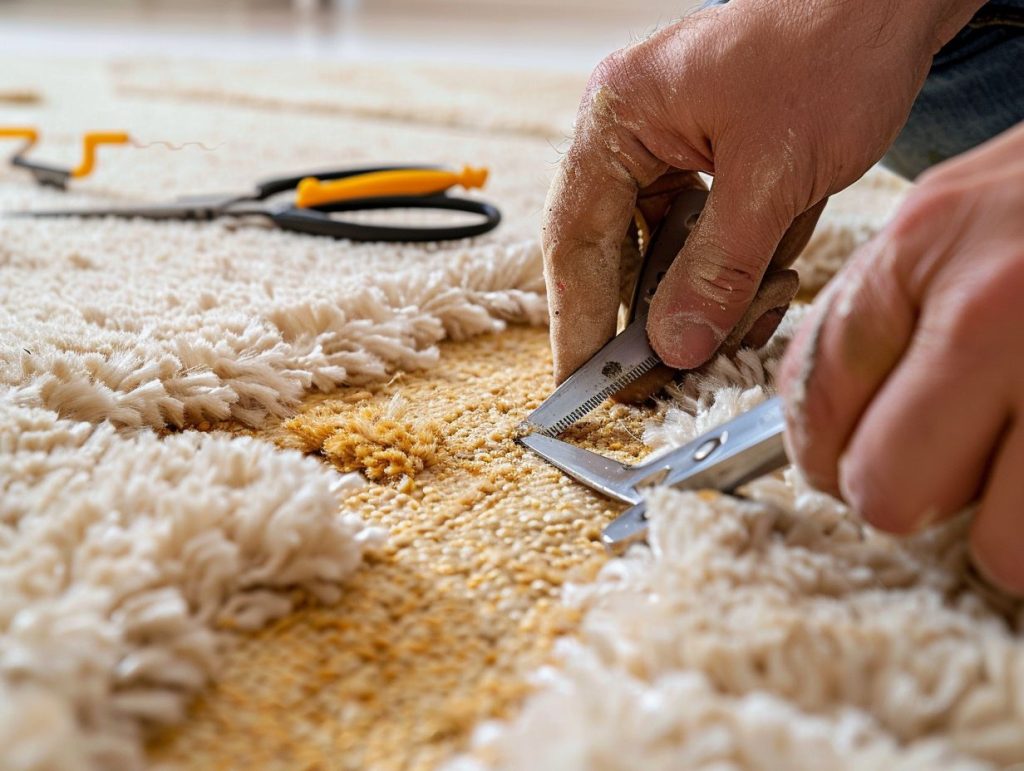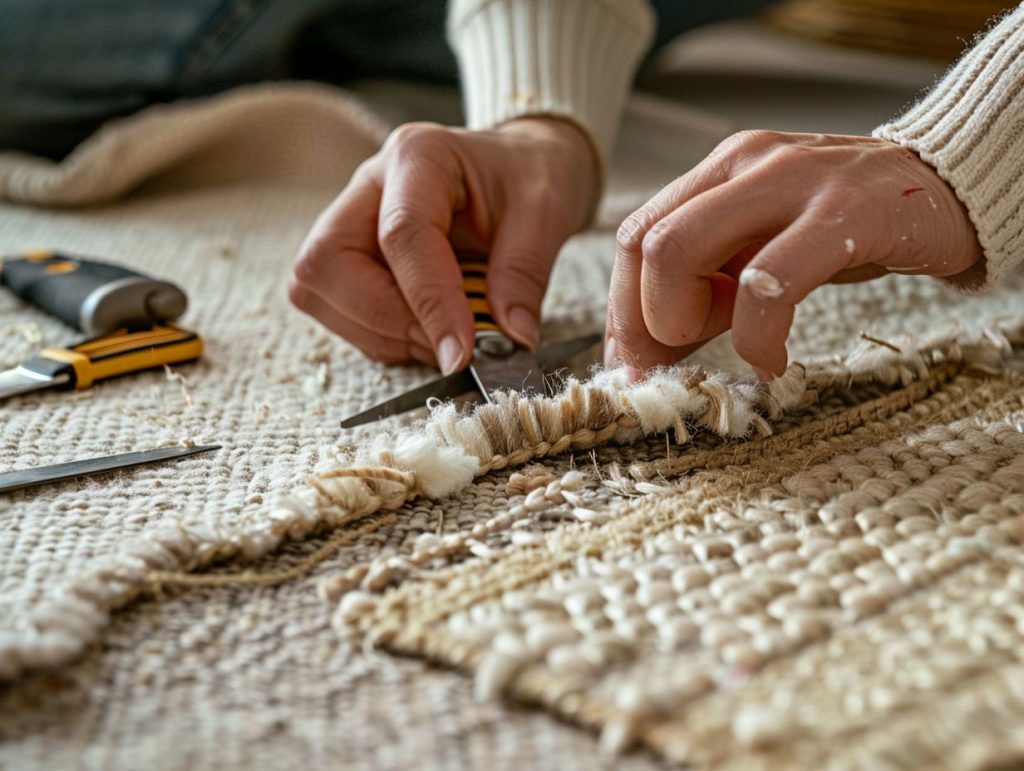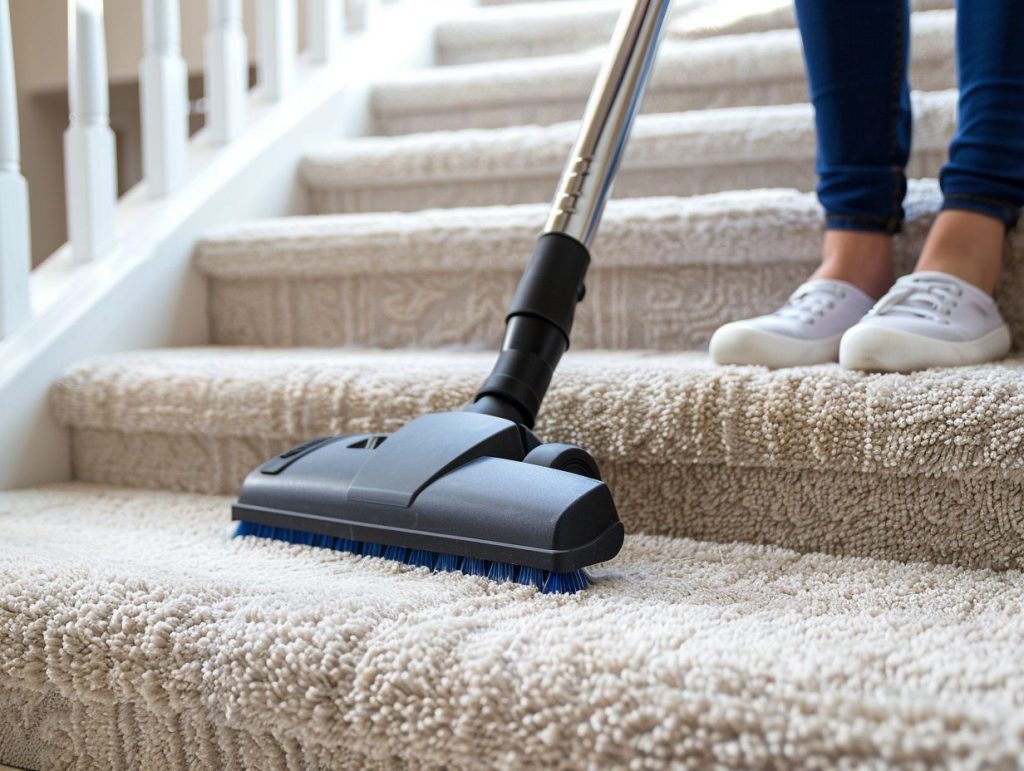I once watched my neighbour scream at a puppy for weeing on the living room carpet, and I’ll never forget the look on both their faces. One was horrified. The other was wagging its tail. The truth is, no matter how careful we think we are, carpets live a far rougher life than we’d like to admit. It’s not just dirt that threatens them. From coffee spills to cigarette burns, soggy shoes to sneaky sun damage, our carpets are under quiet attack every single day.
This isn’t about panic—it’s about preparation. Most people think a regular hoover and the odd deep clean are enough. But the reality is, that’s just the beginning. The real challenge lies in the stuff that catches you off guard: the burned patch near the cooker, the damp smell that won’t leave, or the suspicious faded rectangle where the sofa used to be.
The question in the title—how do you protect your carpet from damage you didn’t even see coming? It starts by admitting that you can’t stop every accident. But you can control how you respond. A fast, smart reaction can mean the difference between a minor mark and a ruined room. So let’s go beyond the basics, past the vacuum and mop, and tackle the big stuff most people ignore—until it’s too late.
You Can’t Bubble Wrap Your Living Room – But You Can Stay Ready
Accidents Will Happen, So Plan For Them
Unless you’ve got a magical forcefield at home, something will go wrong. That’s not pessimism—it’s reality. Maybe your mate tips a glass of red over the beige rug. Maybe the dog mistakes the hallway runner for a loo. Or your teenager decides to iron their shirt on the floor. Things happen. Carpets just happen to be underneath it all.
The trick isn’t avoiding all damage—it’s reacting quickly. Most permanent stains and marks start small and become disasters because someone hesitated. So, keep these basics on hand: white vinegar, bicarbonate of soda, clean white cloths, a carpet brush, and a decent stain remover. If something spills, burns or seeps in, you want to be acting within minutes, not after your tea break.
Having a plan gives you the upper hand. Whether it’s keeping your dog confined when wet, setting ground rules for snacks on the sofa, or just making sure the kids know never to use nail polish over the carpet, preparation is your secret weapon.
How To Deal With Carpet Burns – From Cigarettes to Cooking Oil
Small Sparks, Big Problems
Burns might seem rare, but they happen more than you’d think—especially in homes where people smoke or cook a lot. A dropped cigarette or a splattered pan of sizzling oil can leave a nasty surprise. You can’t unburn a fibre, but you can make it less obvious.
Act Fast
With oil, blot—not rub—immediately using a clean paper towel or absorbent cloth. Next, sprinkle the area with bicarbonate of soda and leave it for 10–15 minutes to soak up the grease. Then vacuum it up and gently clean with a small amount of diluted washing-up liquid. If there’s a mark left behind, try a white vinegar solution (one part vinegar, two parts water) and dab it on carefully.
For Cigarette Burns
Trim the damaged fibres with sharp scissors. You’re not removing the problem, but reducing the visible damage. For deeper burns, carefully scrape away the blackened material with a small knife. If you’ve got spare carpet (from installation leftovers), you can cut a tiny patch and glue it in. If not, you’ll need to blend the area by fluffing nearby fibres with a comb or brush to hide the damage.
Top Tip: Keep smokers outdoors if possible. And avoid frying food without lids or screens if your cooker’s near carpeted areas.
The Dreaded Damp – Handling Water and Humidity Damage
When Carpets Start to Smell Like a Wet Dog
It starts off subtle. Maybe it’s a musty smell. Or the feeling of damp under your feet even when it hasn’t rained. Over time, high humidity or water leaks can wreck carpets—mould, stains, shrinking, and even structural floor damage beneath.
What To Do Immediately
If you’ve had a leak, flood or spill, don’t wait. Remove as much water as possible with towels or a wet vacuum. Get airflow into the room—open windows, use fans and, if needed, bring in a dehumidifier. Lift the carpet (carefully) and dry the underlay too. This is where most of the moisture hides.
Preventing Ongoing Trouble
Keep an eye on humidity levels. Dehumidifiers or moisture-absorbing products can help in rooms like basements or anywhere that feels muggy. Avoid laying carpet directly on concrete without a proper moisture barrier underneath—it’s a recipe for mould.
Watch For Warning Signs
If your carpet starts to buckle, smell or feel oddly spongy, act fast. And if you’re dealing with more than a one-off spill, call in a professional cleaner or restorer. Waiting will only make things worse—and smellier.
Sunlight – The Silent Carpet Killer
How To Prevent Fading and Discolouration
Sun damage creeps in quietly. One day your carpet looks fine, the next there’s a ghostly patch where the coffee table used to be. UV rays can bleach colours, dry out fibres and make even new carpets look tired.
Rotate, Cover, Shield
Every few months, move furniture around slightly to prevent uneven fading. You don’t need to redesign the whole room—just enough so the carpet gets equal exposure. Use rugs or runners in sunny spots, especially by windows and patio doors.
Curtains and blinds aren’t just for privacy. Keep them closed during peak sunlight hours or invest in UV-filtering window film. It’s a small change that protects your floor from permanent discolouration.
Avoid Certain Cleaners
Harsh chemicals can make carpets more vulnerable to fading. Always test a new cleaner in an inconspicuous spot, and avoid bleach or products not meant for carpet use.
Note: Dark-coloured carpets often show fading faster, especially reds and blues. Lighter colours fade too—they just do it more quietly.
Kids and Pets – Chaos Machines With Cute Faces
Living With Tiny Tornadoes
If you’ve ever cleaned up glitter glue from carpet, you’ll know what I mean. Children and pets bring joy, laughter, and a never-ending mess. Whether it’s crayons, puppy accidents, juice, mud, or mystery crumbs, they’re always one step ahead of your cleaning routine.
Contain The Damage
Set house rules. No food or drinks outside the kitchen and dining area. No paint, crafts or slime kits without adult supervision. Use washable play mats in high-traffic zones. With pets, place washable rugs near the door and train them early on where to do their business.
Stain-Proof Your Life
Use a stain-resistant carpet protector spray on busy areas. It won’t stop every mark, but it’ll buy you time to clean. Keep pet-safe enzyme cleaners on hand—they break down organic mess like wee and vomit better than regular products.
Train and Re-train
Accidents happen. But consistent training and clear routines help. For pets, reward outdoor toilet habits. For kids, teach them to clean up small messes themselves (within reason!). Even toddlers can learn to blot a spill.
Fabric Rule: Always blot. Rubbing spreads the mess deeper. Dab with a dry cloth first, then a damp one, then use cleaner as needed. Patience is your friend.
Final Thoughts That Don’t Involve “Final Thoughts”
Carpets put up with a lot. More than your sofa. More than your windows. Maybe even more than you do some days. Protecting them doesn’t mean obsessing over every speck of dirt. It just means being smart about what could go wrong and knowing how to respond when it does.
You don’t need to become a stain-fighting superhero. Just keep your eyes open, stay calm under pressure, and act fast when the unexpected hits. Most damage only gets worse if ignored.
A well-looked-after carpet doesn’t just last longer—it makes your home feel cleaner, fresher, and far more welcoming. Even if the dog has just run across it with muddy paws. Again.



